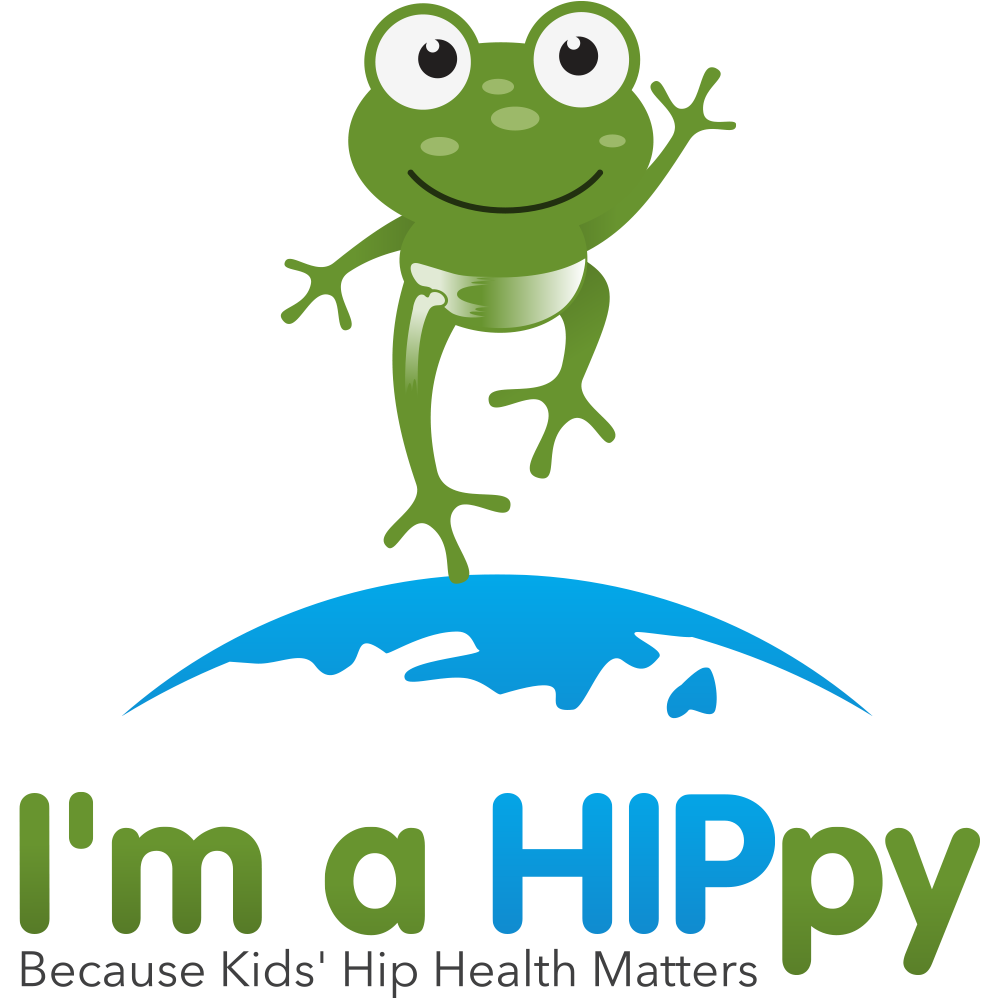CONGRATULATIONS
ON THE ARRIVAL OF YOUR NEW BABY!

What an exciting time for you and your family!
The arrival of your baby, especially if it’s your first, can be quite overwhelming. There’s a lot of planning involved, and lots to learn as you go. And now your baby has arrived, you’re probably faced with questions you didn’t even think to ask… are they the right weight? Are they the right size? Are they feeding well? The list goes on.
At I’m A HIPpy, we want to make sure you also ask, are their hips healthy?
Think of all the things your hips do for you - walking, sitting, running, playing, swimming. In fact, almost every activity involving your lower body will probably involve the hip joint. This is why it’s important to check on your baby’s hip health at birth, and then when you go for your regular well baby visits.
If you have family history of Hip Dysplasia, or if your baby was born in the breech position, make sure to ask your doctor to check for Hip Dysplasia.
MEET HOPPER,
THE HIPpy FROG
Our goal is to help you make sure your child grows up to have a hip-healthy, active, and pain-free life. This page will give you all the resources you need so you are informed and aware.
If you would like more information about I’m A HIPpy, or would like to get involved, please take a look around our website, or follow us on Instagram, Facebook, or Twitter.
SAFE SWADDLING
Did you know that incorrect swaddling may be a big risk factor for Hip Dysplasia? Watch this video for the safe, hip-healthy way to swaddle your baby.
HIP DYSPLASIA
Hip Dysplasia, or DDH, is a common childhood hip condition affecting 1-3% of all infants.
Children with DDH have changes to the shape of the hip joint which can cause the hip to become loose or out of place.
Treatment is more effective the earlier DDH is diagnosed.
Legg-Calvé-Perthes’ disease, or Perthes, is a rare childhood hip condition, occurring in 1 in 10,000 children.
Perthes occurs when the blood supply to the femoral head is temporarily disrupted which can lead to damage to the hip joint.
Long-term outcomes are good in most cases. Early detection and diagnosis are key.
PERTHES
SCFE
Slipped Capital Femoral Epiphysis, or SCFE, is the most common hip disorder in teenagers and occurs in ~11 in 100,000 children.
SCFE occurs when the femoral head slips backwards off the neck of the femur and can result in pain, stiffness, and instability.
Early detection and diagnosis are key. When caught and treated early, long-term hip function can be very good.
CEREBRAL PALSY (CP)
Cerebral Palsy (or CP) is a group of disorders which affect the development of movement and posture, and limit a child’s ability to be physically active.
Children with CP often have secondary musculoskeletal conditions, notably: hip displacement, which occurs in about 1 in 3 children with CP.
It is common for hip displacement to present at a young age, but can continue to progress until, or after they stop growing.
Cerebral Palsy (or CP) is a group of disorders which affect the development of movement and posture, and limit a child’s ability to be physically active.
Children with CP often have other musculoskeletal conditions as well. Notably, hip displacement, which occurs in about 1 in 3 children with CP.
It is common for hip displacement to present at a young age, but can continue to progress until, or after they stop growing.
HAS YOUR CHILD BEEN DIAGNOSED WITH A HIP DISORDER?
We know it feels overwhelming, but we're here to help.
If you still have questions after reading through all the information provided here, visit our HIPpy Community Forum to #askaHIPpy, and we will do our best to get you answers from our HIPpy experts.





